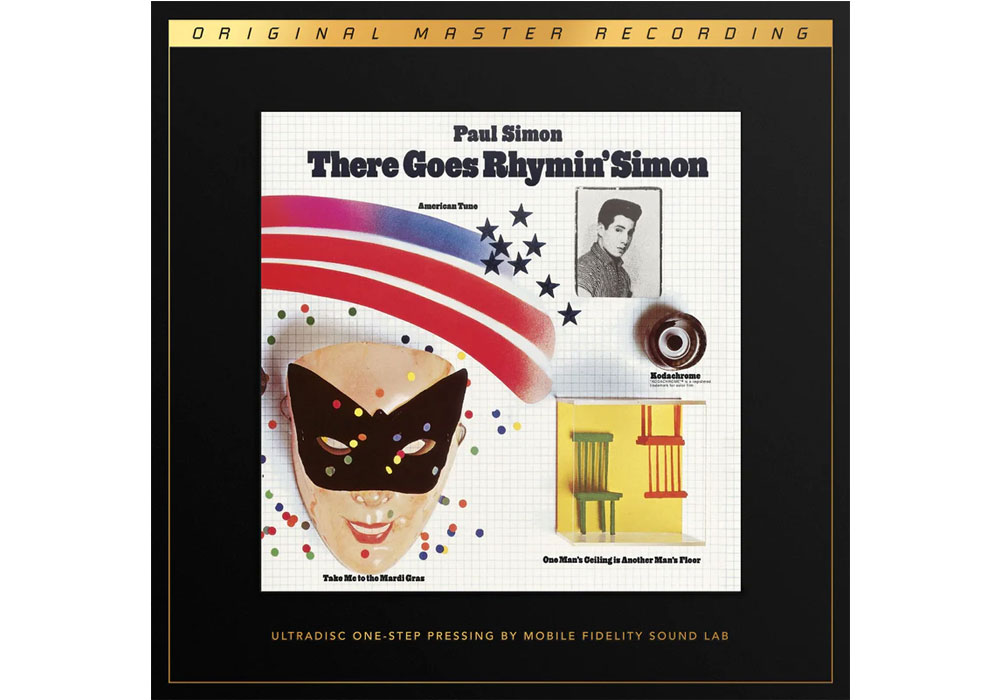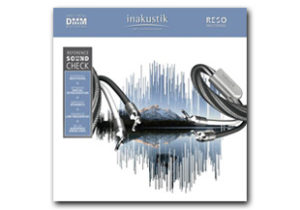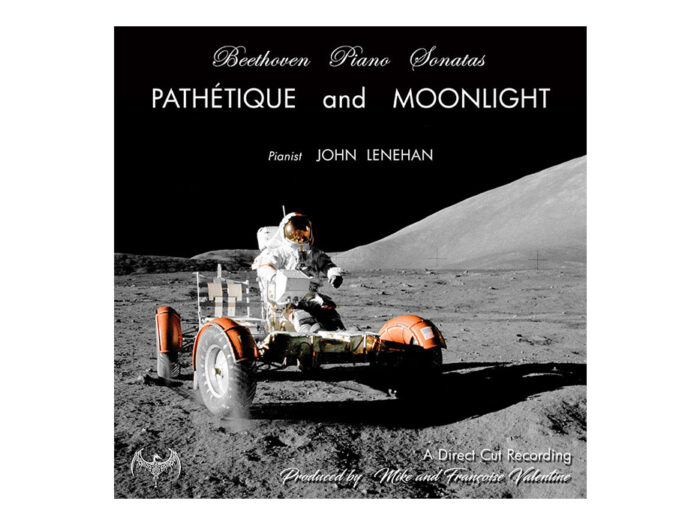- Our Solutions
- Our Brands
- Anthem
- Aspire Audio
- Audioengine
- Audioquest
- Audio Research
- Aurender Media
- Atacama
- Bang & Olufsen
- Barco Projectors
- Ben Burton
- Berkeley
- Bluesound
- Bowers & Wilkins
- Chord Electronics
- Cocktail Audio
- C SEED Unfolding TV
- Denon
- Dutch & Dutch
- Finite Elemente
- Flux-HiFi
- Garrott Brothers
- Hana
- Holbo
- Inakustik
- IsoAcoustics
- IsoTek
- JBL Synthesis
- JL Audio
- Kirmuss LP
- Leica Projectors
- LG OLED TV
- Linn
- Marantz
- Magnum Dynalab
- McIntosh Audio
- Meze Audio
- Mobile Fidelity Vinyl
- Musical Fidelity
- NAD
- Naim
- Ortofon
- Panasonic Players
- PrimaLuna
- Pro-Ject
- PS Audio
- QED Cables
- Rega
- Richter
- Row One Seats
- Ruark Audio
- Sangean
- Sennheiser
- Serhan Swift
- Sonance
- Sonos
- Sonus Faber
- Sony Projectors
- Speakercraft Speakers
- Spin-Clean
- Stax Earspeakers
- Technics
- Thor Power Tech
- Tivoli Audio
- Triangle
- Vividstorm Screens
- Yamaha
- WiiM
- Second-Hand Gems
- Explore Multimedia Solutions
- Seasonal Deals
- Complete Media Installations
Paul Simon – There Goes Rhymin’ Simon
Paul Simon – There Goes Rhymin’ Simon
$299
SOURCED FROM THE ORIGINAL MASTER TAPES AND LIMITED TO 10,000 NUMBERED COPIES
1/4″ / 15 IPS / Dolby A analog master to DSD 256 to analog console to lathe
Local pickup or $11 flat rate shipping within Australia
Limited to 10,000 numbered copies, pressed on MoFi SuperVinyl at RTI, and sourced from the original master tapes, Mobile Fidelity’s UltraDisc One-Step 180g 45RPM 2LP collector’s edition makes for an extraordinary listening experience. It strips away any remaining barriers to provide a clear, super-dynamic view of a record nominated for two Grammy Awards and that climbed to the No. 2 position on the Billboard charts. The expanse and depth of the soundstage, fullness of detail, varied textures of the percussion, and natural rise and decay of individual notes reach demonstration-grade levels.
Visually, the gorgeous presentation of the UD1S There Goes Rhymin’ Simon pressing befit its select status. Housed in a deluxe box, it features special foil-stamped jackets and faithful-to-the-original graphics that illuminate the splendor of the recording. It is made for discerning listeners that prize sound quality and production, and who desire to fully immerse themselves in everything involved with the album.
The newly revealed transparency, presence, balance, immediacy, and dark-black backgrounds provided by Mobile Fidelity’s UD1S set showcase the scope and craft of Simon’s alluring melodies – not to mention the vocal performances that, arguably, remain the album’s standout element. Simon’s singing hits peaks on There Goes Rhymin’ Simon that equal or best those on any of his other works, Simon and Garfunkel included. Assured, natural, and supple, his baritone resonates with a realism and extension that immerse you in the song. At certain times, he lets loose; during others, he becomes a gentle balladeer on par with a prized jazz chanteur. Such versatility alone remains staggering, but he also receives support on two tracks by the legendary Dixie Hummingbirds. The pairing is nothing short of magical.
Ditto Allen Toussaint’s horn arrangements on “Tenderness” and Quincy Jones’ string charts for “Something So Right.” The title of the latter tune could serve as the catch-all statement for There Goes Rhymin’ Simon – nothing seems out of place, overlooked, overcooked, or underdone. The same goes for the playing of the cadre of session pros heard on the record. A partial lineup: Southern virtuoso Pete Carr (Joan Baez, Bob Seger, Rod Stewart), Muscle Shoals Rhythm Section member Jimmy Johnson, and R&B master Cornell Dupree on guitar; Muscle Shoals Sound Studio founder David Hood, Blue Note veteran Bob Cranshaw, and Astral Weeks contributor Vernie Robbins on bass; Fourplay founder Bob James on Fender Rhodes and keyboards; soul-jazz expert Grady Tate and Aretha Franklin collaborator Rich Marotta on drums. Mercy.
The proof of the consummate chemistry, of course, resides in the final results, which run the gamut from Jamaican-leaning rhythms and orchestral flourishes to steady blues currents and New Orleans-soaked brass accents. Simon’s instinct for strong narrative conveyed with heartfelt emotion completes a trifecta of instrumentation, arrangement, and delivery. Taking a pulse on episodes such Watergate and the Vietnam War, the singer meditates on experiences universal to everyone in America – never more saliently than on “American Tune,” an anthem musically based on a hymnal and whose lyrics continue to hold true today. Similarly, Simon spins gleeful absurdity, antisocial behavior, and pensive reflection into truth on “Kodachrome,” a number-two smash that permanently established him as a solo star.
Hits and singles aside, There Goes Rhymin’ Simon stands as as a cohesive statement woven together, to quote Rolling Stone critic Stephen Holden, as “a rich and moving song cycle, one in which each cut reflects on every other to create and ever-widening series of refractions.” Indeed, everything looks worse in black and white, and Mobile Fidelity’s UD1S set plays with the greens of summers and those nice bright colors.
More About Mobile Fidelity UltraDisc One-Step and Why It Is Superior
Instead of utilizing the industry-standard three-step lacquer process, Mobile Fidelity Sound Lab’s new UltraDisc One-Step (UD1S) uses only one step, bypassing two processes of generational loss. While three-step processing is designed for optimum yield and efficiency, UD1S is created for the ultimate in sound quality. Just as Mobile Fidelity pioneered the UHQR (Ultra High-Quality Record) with JVC in the 1980s, UD1S again represents another state-of-the-art advance in the record-manufacturing process. MFSL engineers begin with the original master recordings, painstakingly transfer them to DSD 256, and meticulously cut a set of lacquers. These lacquers are used to create a very fragile, pristine UD1S stamper called a “convert.” Delicate “converts” are then formed into the actual record stampers, producing a final product that literally and figuratively brings you closer to the music. By skipping the additional steps of pulling another positive and an additional negative, as done in the three-step process used in standard pressings, UD1S produces a final LP with the lowest noise floor possible today. The removal of the additional two steps of generational loss in the plating process reveals tremendous amounts of extra musical detail and dynamics, which are otherwise lost due to the standard copying process. Every conceivable aspect of vinyl production is optimized to produce the most perfect record album available today.
MoFi SuperVinyl
Developed by NEOTECH and RTI, MoFi SuperVinyl is the most exacting-to-specification vinyl compound ever devised. Analog lovers have never seen (or heard) anything like it. Extraordinarily expensive and extremely painstaking to produce, the special proprietary compound addresses two specific areas of improvement: noise floor reduction and enhanced groove definition. The vinyl composition features a new carbonless dye (hold the disc up to the light and see) and produces the world’s quietest surfaces. This high-definition formula also allows for the creation of cleaner grooves that are indistinguishable from the original lacquer. MoFi SuperVinyl provides the closest approximation of what the label’s engineers hear in the mastering lab.
Only logged in customers who have purchased this product may leave a review.






There are no reviews yet.